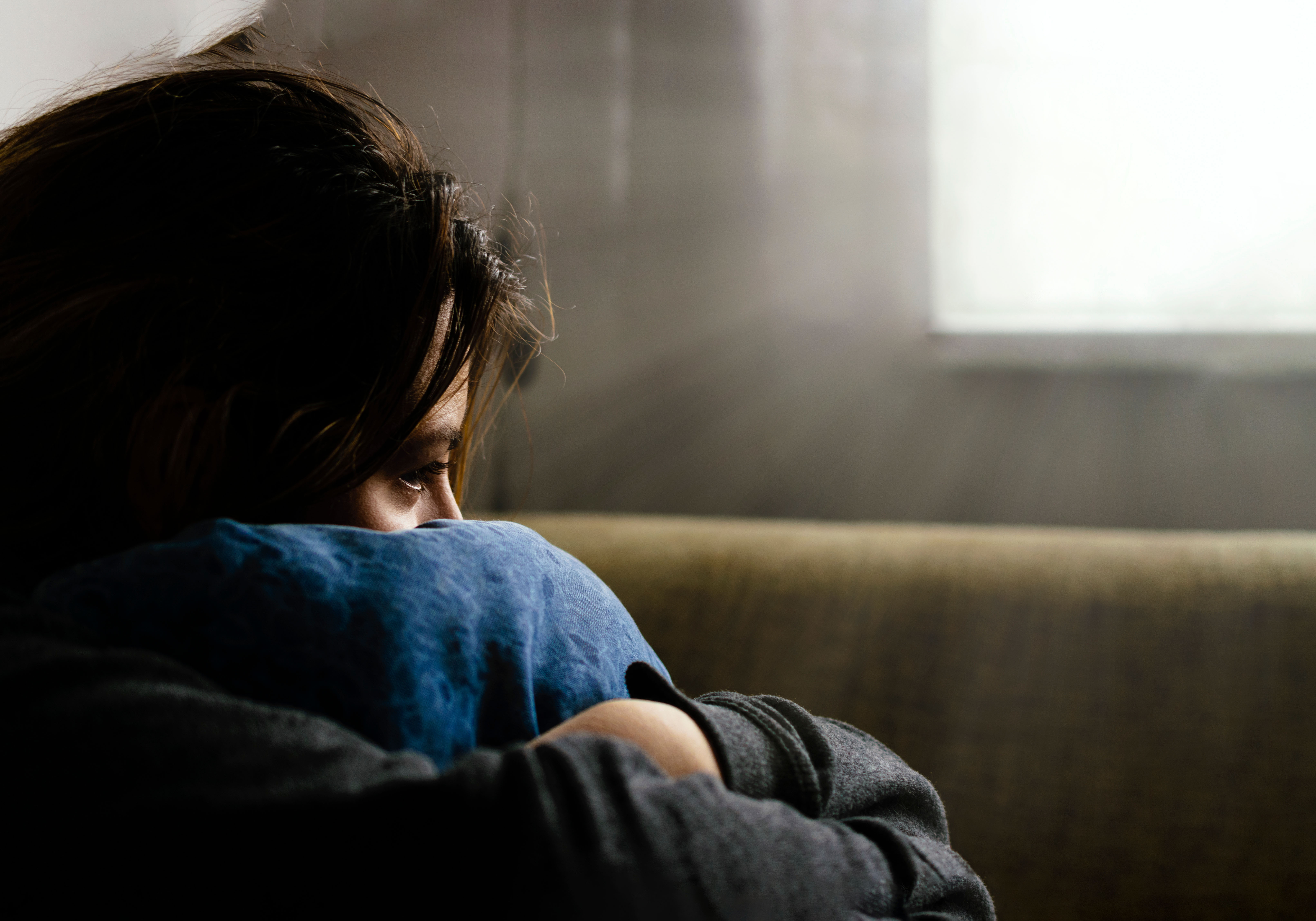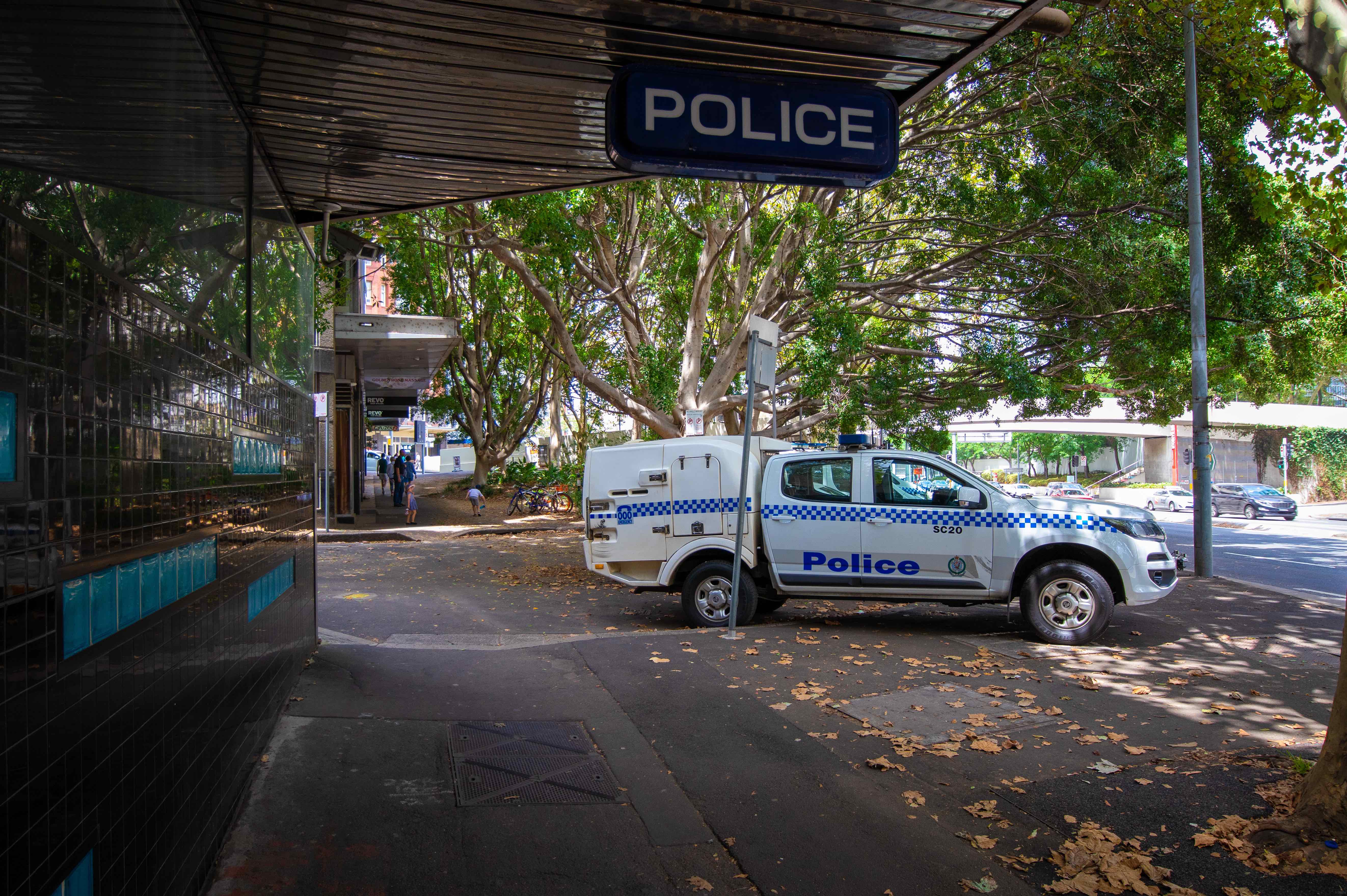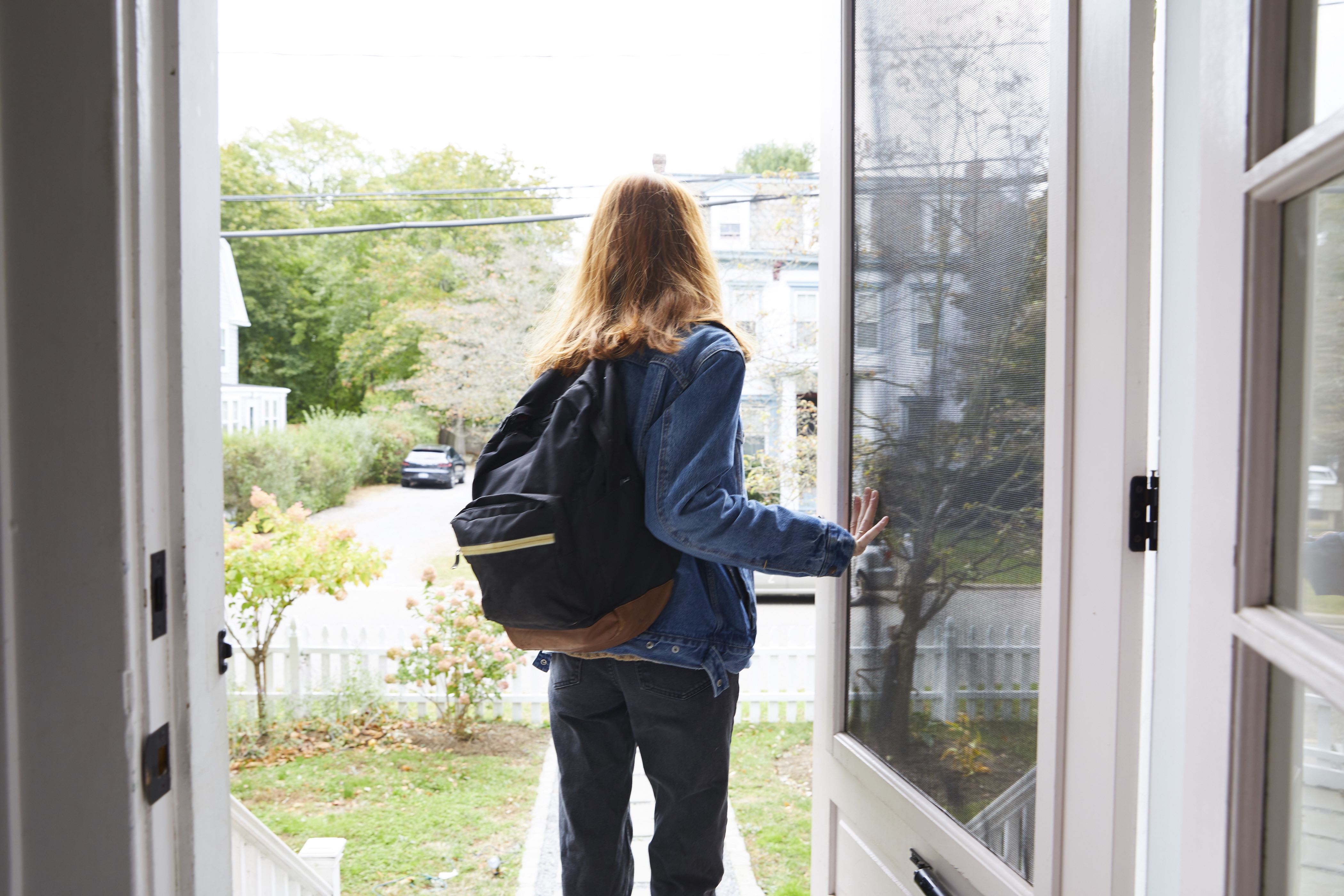
Health & Medicine
We have to stop child sexual abuse before it happens

The Australian state of Victoria must properly resource and implement policies to prevent child sexual exploitation
Published 12 April 2023
It’s probably fair to say that most Australians like to think when children and young people are ‘rescued’ from abusive family situations they are placed in cosy homes with devoted carers.
While this may be true for some children and young people, for those placed in residential care, the abuse can be ongoing and relentless.

Residential care is when children and young people on statutory child protection orders are placed in houses in the community staffed by rostered youth workers. There are generalist and therapeutic models of care.
In the most common model, the generalist model, four – often highly traumatised – children and young people are placed together in a house with up to two carers during the day and one carer at night with no funded therapeutic support.
Therapeutic residential care can involve two or four children and young people living in a house. The difference is they have a therapeutic residential care specialist who provides support, as well as two staff present at night.

Health & Medicine
We have to stop child sexual abuse before it happens
In Victoria, a large residential care service provider has recently informed the government that they will no longer be part of providing generalist residential care to children and young people because they see the ongoing damage caused to the kids living in this way.
They believe it’s unethical to continue to provide a service to the most vulnerable Victorian children that does not meet their needs and that perpetuates ongoing abuse.
This is an extraordinary move from a community service organisation – calling out a broken system at the expense of funding. We commend them on their ethical stance.
One form of abuse that children and young people in residential care are particularly vulnerable to is child sexual exploitation. This involves mostly adult perpetrators targeting children and offering them something – drugs, money, attention, ‘love’ – in exchange for sexual activity.

New data from the Australian Child Maltreatment Study indicates that 37.3 per cent of Australian girls and 18.8 per cent of Australian boys experience child sexual abuse. Just think about those statistics for a moment – more than a third of our country’s girls have experienced some kind of sexual abuse as a kid.
These are shocking statistics.
The study also found that more than a quarter of Australian girls in the 16-24 age bracket have been approached by adults online for grooming and sexual exploitation.

Health & Medicine
The uncomfortable truth about child sexual abuse
In residential care, this kind of grooming can happen very quickly online – sometimes within minutes and it can appear transactional. At other times, the victim thinks that they are in a ‘romantic’ relationship with the perpetrator, who is often much older and may be involved in an organised exploitation or drug network.
We heard from one case worker from the Disrupting Child Sexual Exploitation project (DICE) who highlighted just how quickly a vulnerable young person can be targeted:
“One case that I have at the moment, where a young person moves into a new residential house. They use an app with location sources – so, like, a dating-type app. This young person has spoken to me about the timeframe between landing in the new house and actively having sex with an older man in exchange for cannabis – the timeframe was 10 minutes.

“Because the app says, ding, who’s in my area? This person is two streets away. I’ll be there in five minutes. I’ll pick you up. I’ll take you to my house and they’re doing it within 10 minutes. That’s happening almost every day.”
The DICE Australian Research Council action research project is about strengthening coordinated, multiagency responses to child sexual exploitation for children and young people in residential care, with a strong focus on perpetrators.

Health & Medicine
Listening to the voices of survivors of violence and abuse
The Victorian Commissioner for Children recently released data indicating that from July 2021 to the end of March 2023, there were 423 incidents of sexual exploitation in residential care reported to the Commission, involving a total of 165 children.
It highlights the glaring vulnerability of young people in residential care.
MacKillop Family Services – a large provider of residential care in Victoria and other states – recently took a ‘deep dive’ case review of all children placed in their residential houses as part of the Outcomes 100 project.
The report found that 43 per cent of the 100-child sample experienced sexual exploitation at the time of or prior to their current placement.
The DICE project builds on the Power to Kids program of work, a partnership between MacKillop Family Services and the University of Melbourne. It also leverages off the Enhanced Response Model pilot (a joint project between Victoria’s Department of Families, Fairness and Housing and Victoria Police’s Family Violence Command), which successfully trialled a trauma-informed disruptive policing approach to child sexual exploitation.

This approach involves police understanding that children and young people are victims of child sexual exploitation who have likely experienced considerable adversity. It focuses their efforts on using all available legal means to intervene in the activities of perpetrators.
Instead of reacting to reports from victims, police proactively engage with perpetrators and use methods like home visits to serve No Contact letters, Harbouring Notices and Personal Safety Intervention Orders, or to charge them with grooming and child sexual abuse offences.
Police can also identify other areas of offending, like drug activity, driving offences, general crime and bail non-compliance to progress charges.

Health & Medicine
The children left behind by domestic homicide
Victoria Police have developed a Child Sexual Exploitation Disruption Guide (not publicly available) setting out processes to proactively disrupt the exploitative activities of perpetrators.
Unfortunately, the Enhanced Response Model was never funded properly following the pilot, and the Child Sexual Exploitation Disruption Guide – a brilliant piece of policy – has not been implemented in any meaningful way.
We do know a lot about what works to address the sexual exploitation of children and young people living in residential care – and we are learning more through the DICE project.
We know that children and young people do better in the two-bed therapeutic residential houses with at least two staff present at all times. This means that if a child goes missing – the biggest red flag for sexual exploitation – then one staff member can stay home with one child and the other staff member can coordinate with police to collect the missing child safely and in a trauma-informed way.

What we have discovered is that children who are victims of sexual exploitation are often returned home in the back of a police divvy van – essentially making them the criminal – while the perpetrators remain hidden and completely unaccountable for the abuse they inflict.
This distressing response occurs less frequently under the therapeutic model where a residential care worker is available to follow up the missing young person.
When children and young people are criminalised and exploited, then it’s likely that they will become involved with the youth justice system.

Health & Medicine
Too young for Facebook, old enough for prison?
This is a system that costs a fortune and has recently been in the media for all the wrong reasons, including the ongoing abuse of kids. These kids will also be far more likely to develop mental health issues as a result of complex trauma, contributing to Australia’s $A220 billion annual burden of disease.
So, are we going to act now or pay later?
We can choose to properly resource and implement a trauma-informed, disruptive policing approach to child sexual exploitation and get rid of the four-bed generalist model of residential care. Or we can continue to watch the most vulnerable children in the country be preyed upon by adult perpetrators who laugh in the face of authority.
We strongly encourage the Victorian government to act now.
Banner: Getty Images